- Home
- Joyce Carol Oates
In Rough Country Page 31
In Rough Country Read online
Page 31
Unlike the downscale Rialto, the Palace Theater has been smartly renovated and refurbished, reborn as a theater that sometimes shows first-run films but more often is rented out to traveling productions, amateur local theater, and one-time events like this evening’s. Before my presentation I am brought downstairs to the “green room”—a barren corridor of dressing rooms, a furnace room, closets—how unnerving this is, to find myself behind the scenes of the Palace Theater, the temple of dreams! And in this starkly lighted setting, so antithetical to romance, to be confronting my past—as in one of those dreams in which one’s life flashes before one’s eyes—Am I really here? Here—in the Palace Theater where long ago in the 1930s, before he’d started to work at Harrison’s, my father Frederic Oates was a sign painter, making posters for coming attractions?
Onstage, I am greeted with tremendous applause. Perhaps I am perceived as one who has swum across a vast stretch of water, or climbed through an abyss.
Am I really here? Is this—possible?
Fifty years since I’ve left Lockport, more or less—and now for the first time I have been formally invited back to “speak”—I can’t resist telling the audience that I hope this will become a custom, and that I will be invited back again in another fifty years.
He may have felt powerless, as a boy. He may have been watchful, a fantasist. He may have told himself Wait! Your turn will come.
In a piece I wrote for The New Yorker for May 1995, on the phenomenon of McVeigh, so cruel, crude and pitiless a terrorist that he never expressed remorse or regret for the many lives he’d taken, even when he learned that his victims were primarily young children and not employees of the detested “federal government,” I observed that Lockport, well into the present, suggests a more innocent time imagined by Thornton Wilder or Edward Hopper, appropriated now by David Lynch: the slightly sinister, surreal yet disarmingly “normal”-seeming atmosphere of a quintessential American town trapped in a sort of spell or enchantment. That much remains unchanged over several decades—there is the Niagara Hotel on Transit Street, for instance, already seedy and disreputable in the 1950s when I had to pass by it on my way to and from school—is a consequence not of nostalgic urban planning but of economic recession. Harrison’s Radiator Company has vanished, though its sprawling buildings remain, mostly vacant, renamed Harrison Center. As old churches scattered through the city have been renamed “centers”—“halls.” The derelict bus station has vanished, replaced by a parking lot; Lockport High has long since vanished, moved to the southeast, newer side of town; the stately old Niagara County Bank has been reborn as a “community college.” But there the Lockport Public Library remains unchanged, at least from the street—the beautiful Greek temple-facade remains, and the jewel-like green lawn; to the rear, a multi-million-dollar addition has doubled, or trebled, its size. Here is unexpected change in Lockport—a good change.
And there remains the canal—dug by immigrant labor, Irishmen and Chinese who frequently died in the arduous effort, and were buried in the muddy banks of the canal—a waterway now placid, stately, a “tourist attraction” as it never was in its days of utility.
In America, history never dies—it’s reborn as “tourism.”
Postcript: October 16, 2009. As a guest of the Lockport Public Library inaugurating a lecture series in honor of a legendary Lockport resident, beloved teacher John Koplas, I have returned to my hometown city—in fact, to the Palace Theater! Instead of the twenty to forty people I’d envisioned in the library, there is an audience of over eight hundred crowded into the now “historic” theater, even in the balcony; on the marquee where once such names as Elizabeth Taylor, Clark Gable, Cary Grant were emblazoned now there is Joyce Carol Oates Oct. 16 above Hell Rell Oct. 17—a local rock band.
Scattered laughter, murmurings. Is “Joyce Carol Oates” being funny, or—ironic?
Gently ironic, in any case. For truly I am tremendously moved and my eyes are welling with tears and I am particularly grateful that my brother Fred and my sister-in-law Nancy are here tonight in the audience—all that remain of my immediate family.
My presentation is informal, improvised, laced with “gentle ironies”—in fact, it’s this very memoir of Lockport in an early handwritten draft. The audience seems appreciative as if they are all old friends—classmates of mine—as if I am one of them and not a visitor who will depart in the morning. More than once I’m tempted to shut my eyes and in a feat of verbal legerdemain recite the names of long-ago classmates—names as deeply imprinted in my brain as the street names of Lockport—a kind of valentine-poem, a sentimental homage to the past.
At the end of my talk, amid a wave of applause—warm, welcoming, buoyant—I am presented with a framed pen-and-ink drawing of the Lockport Public Library, by gracious Marie Bindeman who is the current director of the library.
How I wish that my mother, my father, and my grandmother Blanche Woodside were here with me tonight—that they were alive to share this extraordinary moment. How proud we are of you, Joyce—for pride is the life’s-blood of family, recompense for hardship, endurance, loss.
Unexpected questions from the audience: “Do you think that there is a teleological purpose to the universe, and do you think that there is an afterlife?” Yet more unsettling: “Do you think that you would be the writer you are today if you’d had a middle-class or wealthy background?”
These questions, that seem to me not at all Lockportian, stop me in my tracks. Especially the second. Beyond the blinding lights, eight hundred people are waiting for my reply. In the exigency of the moment it seems that they really want to know.
Without Millersport and Lockport—would there be “Joyce Carol Oates”?
NOTES
THE WOMAN IN WHITE: EMILY DICKINSON AND FRIENDS
1. At age fifty, bereft of what might have been a comforting fantasy of marrying her epistolary friend Higginson, Dickinson seems to have turned to Otis Lord; it’s likely that, though the judge’s portrait, reprinted in White Heat, suggests the very antithesis of Byronic romance, it was Lord in whose arms Emily Dickinson was reputedly once seen “reclining” in the Homestead parlor by her scandalized neighbor/sister-in-law Susan Dickinson. Unmistakably it’s to Judge Lord that Dickinson wrote girlishly flirtatious love-letters: “Emily ‘Jumbo’! Sweetest name, but I know a sweeter—Emily Jumbo Lord.”
THE ART OF VENGEANCE: ROALD DAHL
1. Among Roald Dahl’s most popular children’s books are James and the Giant Peach (1961), Charlie and the Chocolate Factory (1964), The BFG (“Big Friendly Giant”) (1982), and Matilda (1988); of particular interest to adult readers of Roald Dahl are Boy: Tales of Childhood (1984) and The Wonderful Story of Henry Sugar (1977), which contains the autobiographical essay “Lucky Break: How I Became a Writer.” In his memoirist pieces for young readers, Dahl speaks with an engaging directness and honesty that suggests that his most comfortable mode of writing was in fact for young readers whose natural curiosity, lack of cynicism, and inexperience he could assume:
I began to realize for the first time that there are two distinct sides to a writer of fiction. First, there is the side that he displays to the public, that of an ordinary person like everyone else…Second, there is the secret side, which comes out in him only after he has closed the door of his workroom and is completely alone. It is then that he slips into another world altogether, a world where his imagination takes over and he finds himself actually living in the places he is writing about at that moment. I…fall into a kind of trance, and everything around me disappears. [“Lucky Break: How I Became a Writer,” Wonderful Story of Henry Sugar]
Dahl’s success as a writer of children’s books far surpassed his success as a writer of prose fiction for adults and, according to Jeremy Treglown, “part of [Dahl] always resented that he had become best known as the author of what are known in American publishing as ‘juveniles.’” Dahl would be particularly chagrined to discover that on the Internet, “Roald Dahl” is celebrated a
lmost exclusively as a children’s writer; the official Roald Dahl website (www.roalddahl.com) is so very antic, it’s a challenge for an adult even to peruse it.
2. In Boy: Tales of Childhood and in “Lucky Break: How I Became a Writer” Dahl writes in detail of having been the object of sadistic beatings at the Repton School. In “Lucky Break” Dahl recounts having been caned by the headmaster (“this giant of a man”) for the most trivial infractions of school rules: “That cruel cane ruled our lives.” In Boy, Dahl writes of having been caned by a school athlete/boazer whose very strokes in the flesh of a boy’s buttocks were perversely admired. The sado-homoerotic undercurrent of Dahl’s public school boyhood gives to these memories an aura of romantic nostalgia:
A ritual took place in the dormitory after each beating. The victim was required to stand in the middle of the room and lower his pyjama trousers so that the damage could be inspected. Half a dozen experts would crowd around you and express their opinions in highly professional language.
“What a super job.”
“He’s got every single one in the same place!”
…Once, I was still standing in the middle of the dormitory with my pyjama trousers around my knees when [the boazer] came through the door…“Pull those pyjamas up and get into bed immediately!” he ordered, but I noticed that as he turned away to go out of the door, he craned his head ever so slightly to one side to catch a glimpse of my bare bottom and his own handiwork. I was certain I detected a little glimmer of pride around the edge of his mouth before he closed the door behind him.
There is no male-female love scene in Roald Dahl’s fiction for adults so exquisitely honed and so tender as this.
3. Roald Dahl’s tales for children are affably narrated and are given a benign, not-very-distinctive comic-strip aura by the inoffensive illustrations by Quentin Blake, but demonic females figure prominently in such popular books as Matilda and The Witches, infusing the fantasy adventures with an air of sexual dread and revulsion. In Matilda, the young genius-heroine is persecuted by the demonic, deranged, and very ugly headmistress of her school, The Trunchbull:
[Miss Trunchbull] was above all a most formidable female. She had once been a famous athlete, and even now the muscles were still clearly in evidence. You could see them in the bull-neck, in the big shoulders, in the thick arms, in the sinewy wrists and in the powerful legs…Her face, I’m afraid, was neither a thing of beauty nor a joy for ever. She had an obstinate chin, a cruel mouth and small arrogant eyes…She looked, in short, more like a rather eccentric and blood-thirsty follower of the stag-hounds than the headmistress of a nice school for children.
When she marched—Miss Trunchbull never walked, she always marched like a storm-trooper with long strides and arms aswinging—when she marched along a corridor you could actually hear her snorting as she went, and if a group of children happened to be in her path, she ploughed through them like a tank, with small people bouncing off her to left and right.
(Canny Matilda defeats this monster through her superior mental powers, utterly.)
In The Witches, we are told:
The most important thing you should know about REAL WITCHES is this. Listen very carefully. Never forget what is coming next.
REAL WITCHES dress in ordinary clothes and look very much like ordinary women. They live in ordinary houses and they work in ORDINARY JOBS.
That is why they are so hard to catch.
A REAL WITCH hates children with a red-hot sizzling hatred that is more sizzling and red-hot than any hatred you could possibly imagine.
A REAL WITCH spends all her time plotting to get rid of the children in her particular territory. Her passion is to do away with them one by one…
A witch is always a woman.
“LARGE AND STARTLING FIGURES”: THE FICTION OF FLANNERY O’CONNOR
1. In “Some Aspects of the Grotesque in Southern Fiction,” O’Connor remarks bemusedly:
When I first began to write, my own particular bête-noir was that mythical entity, the School of Southern Degeneracy. Every time I heard about the School of Southern Degeneracy, I felt like Br’er Rabbit stuck on the Tarbaby.
2. In 2008, the Modern Language Association catalogued 1,340 entries under “Flannery O’Connor,” including 195 doctoral dissertations and several book-length studies in addition to such meritorious earlier books as Conversations with Flannery O’Connor edited by Rosemary M. Magee (1987), The Art and Vision of Flannery O’Connor by Robert H. Brinkmeyer, Jr. (1989), Flannery O’Connor: A Life by Jean W. Cash (2002), Flannery O’Connor: A Biography by Melissa Simpson (2005), and the closely argued and refreshingly unhagiographic Flannery O’Connor’s South by Robert Coles (1993). Gooch notes—surprisingly, given the greater ambition, achievement, and international acclaim of the work of William Faulkner—that the 1988 Library of America edition of O’Connor’s work “widely outsold” Faulkner’s volume published three years earlier. (See O’Connor’s misplaced dread of the magisterial Faulkner in an essay of 1960: “The presence alone of Faulkner in our (Southern literary) midst makes a great difference in what the writer can and cannot permit himself to do. Nobody wants his mule and wagon stalled on the same track the Dixie Limited is roaring down.” [“The Grotesque in Southern Fiction,” Mystery and Manners.]
3. O’Connor’s favorite among her stories, “The Artificial Nigger,” has become virtually unteachable as a consequence of its blunt pseudo-racist title. Ironically, O’Connor had intended the “artificial nigger”—a crude black-face lawn ornament observed in a Southern town by the back-country Mr. Head and his grandson Nelson—to be a simulacrum of Jesus Christ and the story to evoke a tender sort of redemption unexpected in O’Connor’s oeuvre:
[Mr. Head and Nelson] stood gazing at the artificial Negro as if they were faced with some great mystery, some monument to another’s victory that brought them together in their common defeat. They could both feel it dissolving their differences like an action of mercy.
4. City Poet: The Life and Times of Frank O’Hara (Alfred A. Knopf, 1993).
5. Poor Regina O’Connor! We have only fleeting glimpses in Gooch’s biography of this pretentious “hide-bound Southern lady (who) always wore hat and gloves in public” and who seems to have been the model for a number of O’Connor’s acid-etched portraits of garrulous, overbearing, and peevish Southern matrons, several of whom come to rudely abrupt, violent ends. In A Jury of Her Peers: American Women Writers from Anne Bradstreet to Annie Proulx, Elaine Showalter has provocatively suggested that Flannery O’Connor was “among the American writers of the fifties who confronted matrophobia, or the fear of becoming one’s mother. Hating one’s mother was the prefeminist enlightenment” of the era.
IN ROUGH COUNTRY I: CORMAC McCARTHY
1. Typical of the sharply divided opinion on McCarthy’s work is A. O. Scott’s entry on McCarthy in The Salon.com Reader’s Guide to Contemporary Authors in which Scott says of Blood Meridian that it is “by any criterion a masterpiece and one of the great American novels of the last quarter century” while the Border Trilogy is “sentimental, crowd-pleasing cowboy fiction” in which “some parts read like bad Hemingway, others read like bad Hemingway retranslated from the Spanish.”
2. See “Cormac Country” by Richard B. Woodward, Vanity Fair, August 2005.
ENCHANTED! SALMAN RUSHDIE
1. The metafictional impulse to shatter narrative verisimilitude is boldly counter to the ambitions of “realism” and of the “historical novel”—to evoke distinctly credible worlds, carefully researched and replicated, in the hope of convincing the reader This is not fiction but a window into the “real.” The device can be very funny, if disorienting, as in the sudden revelation in The Satanic Verses that there is a “Supreme Being,” an author, inventing the trials of the hapless Gibreel Farishta:
[He] was not abstract in the least. [Gibreel] saw, sitting on the bed, a man of about the same age as himself, of medium height, fairly heavily built, with salt-and-pepper beard cropp
ed close to the line of the jaw…the apparition was balding, seemed to suffer from dandruff and wore glasses.
2. In an interview in the Spectator, April 9, 2008, Rushdie said:
Not that [Akbar] ever thought quite like this, but I wanted to show that these ideas—the sovereign individual self, the plurality of the self—are not exclusively Western ideas…I suppose there is an unspoken subtext here, which is that there are such things as universals. There are ideas which grew up in the West, and in a slightly different way they grew up in the East—the idea of freedom, of open discourses, of tolerance, of sexual freedom even to the level of hedonism…So to say that we must now consider them to be culturally specific…is a denial of human nature. If there is an author’s message in this book, it was actually the discovery that I made that the worlds of the book were more like each other, than unlike.
3. Rushdie’s portrait of Niccolò Machiavelli as a sexually adventurous Florentine youth is substantiated by Maurizio Viroli’s excellent biography Niccolò’s Smile (1998), though of necessity Rushdie conflates and abbreviates the philosopher’s political career and the range and depth of his writings.
A PHOTOGRAPHER’S LIVES: ANNIE LEIBOVITZ
1. Though the photographs of Susan Sontag in extremis will strike some observers, including this reviewer, as needlessly unsparing, taken at a time when the subject can scarcely have been aware of the photographer’s presence, and could not have given permission to the photographer, it is clear from Annie Leibovitz’s thoughtful commentary that she sees the inclusion of such photographs as enhancing, and not diminishing, her subject: “I edited this book with [Susan Sontag] in mind, as if she were standing behind me, saying what she would like to see in it.” Elsewhere, quoted in the Newsweek cover story, Leibovitz acknowledges: “I think that Susan would be really proud of these pictures—but she’s dead. Now if she were alive, she would not want them published. It’s really a difference. It’s really strange.”

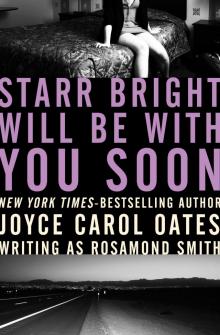 Starr Bright Will Be With You Soon
Starr Bright Will Be With You Soon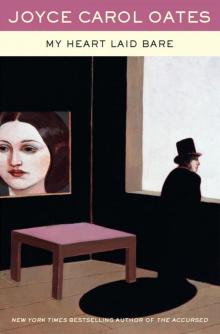 My Heart Laid Bare
My Heart Laid Bare A Fair Maiden
A Fair Maiden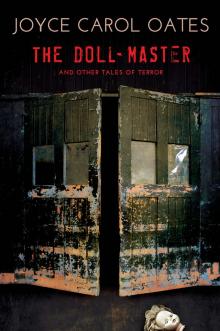 The Doll-Master and Other Tales of Terror
The Doll-Master and Other Tales of Terror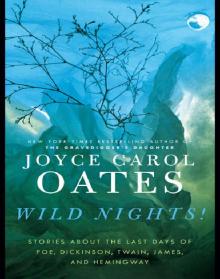 Wild Nights!: Stories About the Last Days of Poe, Dickinson, Twain, James, and Hemingway
Wild Nights!: Stories About the Last Days of Poe, Dickinson, Twain, James, and Hemingway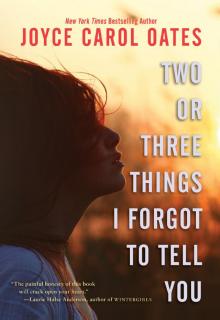 Two or Three Things I Forgot to Tell You
Two or Three Things I Forgot to Tell You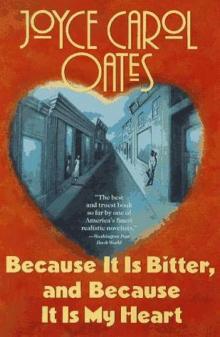 Because It Is Bitter, and Because It Is My Heart
Because It Is Bitter, and Because It Is My Heart Missing Mom: A Novel
Missing Mom: A Novel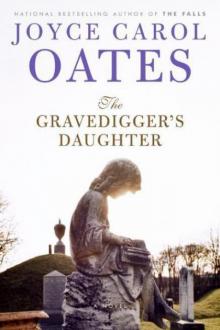 The Gravedigger's Daughter: A Novel
The Gravedigger's Daughter: A Novel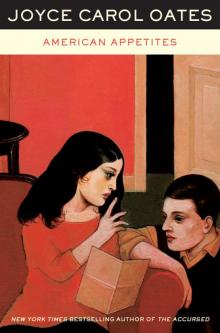 American Appetites
American Appetites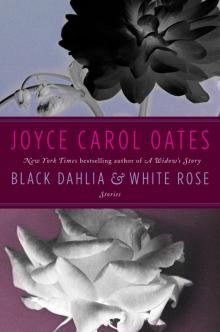 Black Dahlia White Rose: Stories
Black Dahlia White Rose: Stories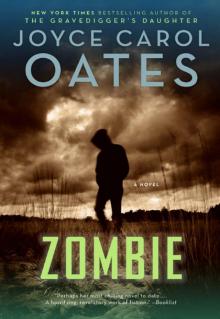 Zombie
Zombie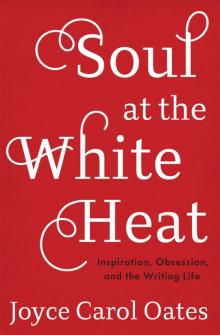 Soul at the White Heat: Inspiration, Obsession, and the Writing Life
Soul at the White Heat: Inspiration, Obsession, and the Writing Life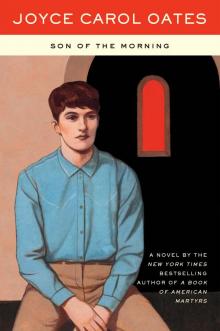 Son of the Morning
Son of the Morning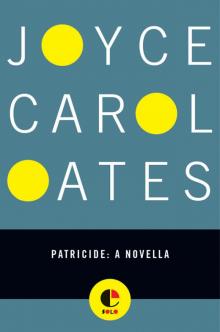 Patricide
Patricide Snake Eyes
Snake Eyes Wonderland
Wonderland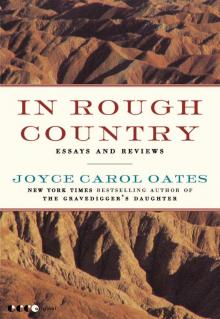 In Rough Country: Essays and Reviews
In Rough Country: Essays and Reviews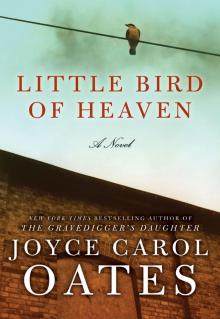 Little Bird of Heaven
Little Bird of Heaven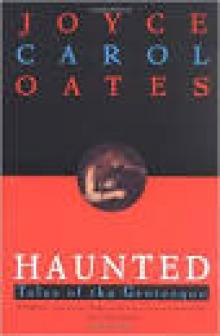 The Haunting
The Haunting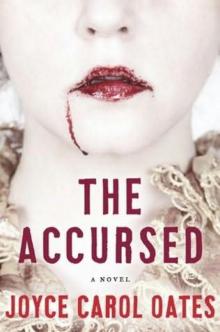 The Accursed
The Accursed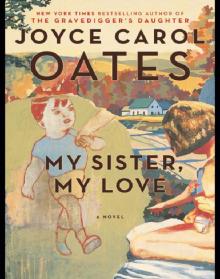 My Sister, My Love: The Intimate Story of Skyler Rampike
My Sister, My Love: The Intimate Story of Skyler Rampike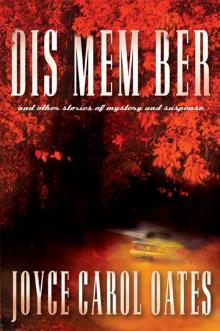 Dis Mem Ber and Other Stories of Mystery and Suspense
Dis Mem Ber and Other Stories of Mystery and Suspense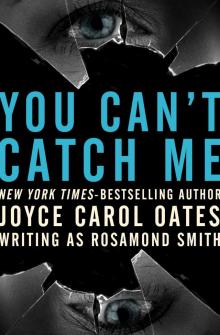 You Can't Catch Me
You Can't Catch Me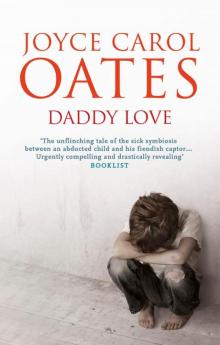 Daddy Love: A Novel
Daddy Love: A Novel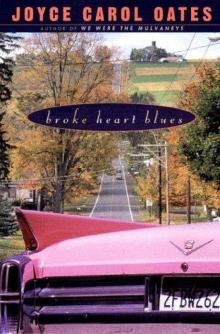 Broke Heart Blues
Broke Heart Blues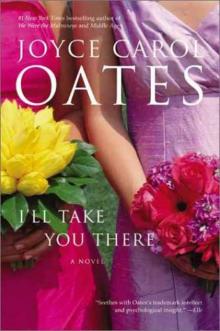 I'll Take You There
I'll Take You There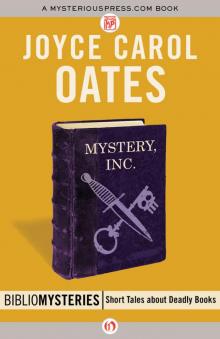 Mystery, Inc.
Mystery, Inc. We Were The Mulvaneys
We Were The Mulvaneys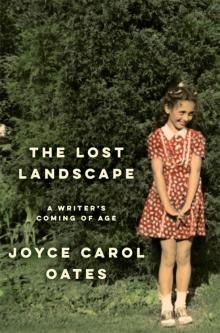 The Lost Landscape: A Writer's Coming of Age
The Lost Landscape: A Writer's Coming of Age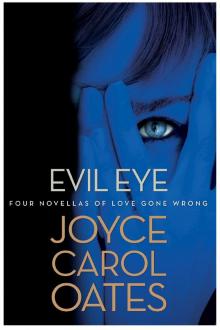 Evil Eye: Four Novellas of Love Gone Wrong
Evil Eye: Four Novellas of Love Gone Wrong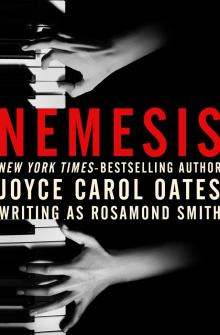 Nemesis
Nemesis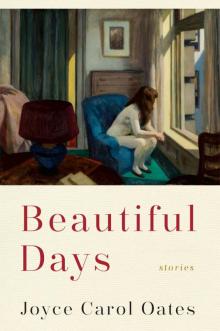 Beautiful Days: Stories
Beautiful Days: Stories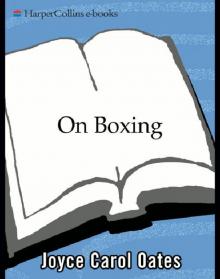 On Boxing
On Boxing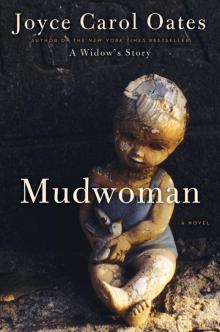 Mudwoman
Mudwoman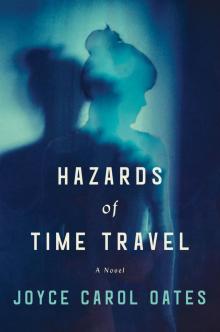 Hazards of Time Travel
Hazards of Time Travel Night-Gaunts and Other Tales of Suspense
Night-Gaunts and Other Tales of Suspense Mysteries of Winterthurn
Mysteries of Winterthurn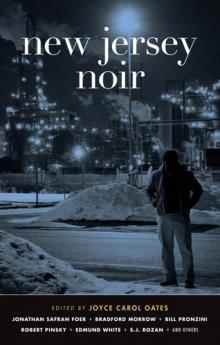 New Jersey Noir
New Jersey Noir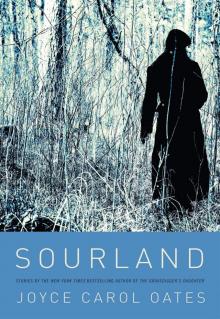 Sourland
Sourland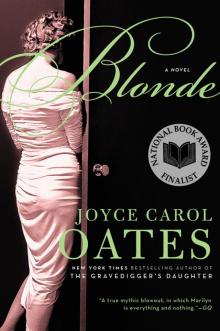 Blonde
Blonde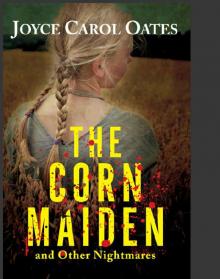 The Corn Maiden: And Other Nightmares
The Corn Maiden: And Other Nightmares The Oxford Book of American Short Stories
The Oxford Book of American Short Stories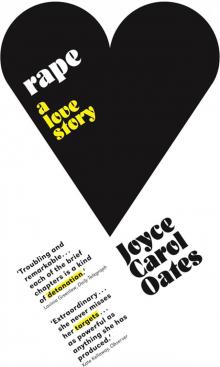 Rape: A Love Story
Rape: A Love Story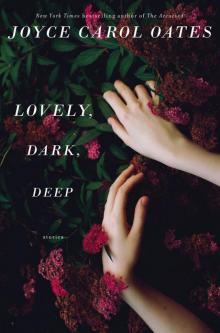 Lovely, Dark, Deep: Stories
Lovely, Dark, Deep: Stories After the Wreck, I Picked Myself Up, Spread My Wings, and Flew Away
After the Wreck, I Picked Myself Up, Spread My Wings, and Flew Away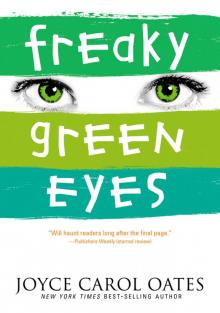 Freaky Green Eyes
Freaky Green Eyes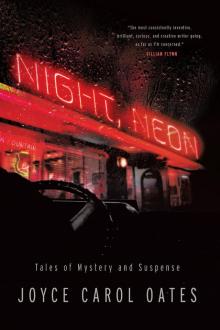 Night, Neon
Night, Neon I Am No One You Know: And Other Stories
I Am No One You Know: And Other Stories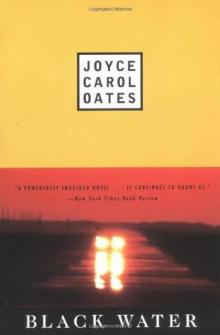 Black Water
Black Water Expensive People
Expensive People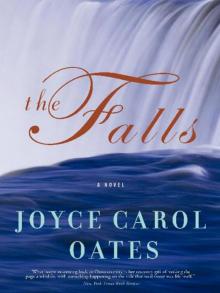 The Falls
The Falls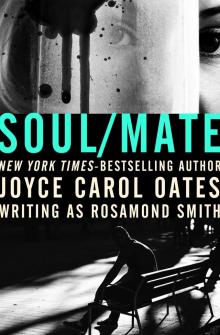 Soul/Mate
Soul/Mate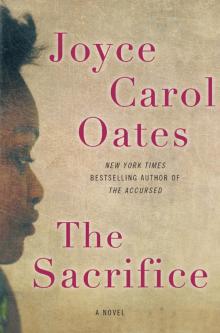 The Sacrifice
The Sacrifice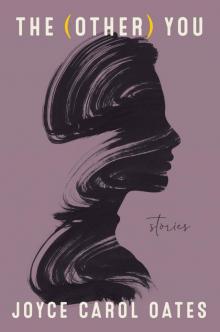 The (Other) You
The (Other) You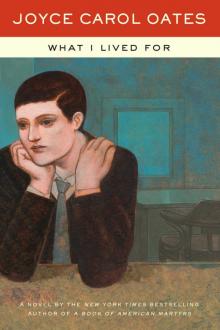 What I Lived For
What I Lived For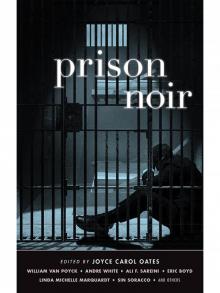 Prison Noir
Prison Noir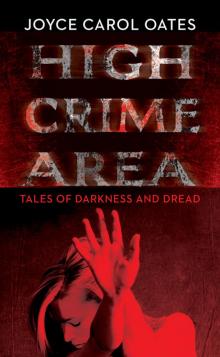 High Crime Area: Tales of Darkness and Dread
High Crime Area: Tales of Darkness and Dread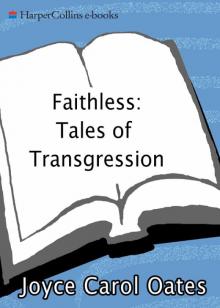 Faithless: Tales of Transgression
Faithless: Tales of Transgression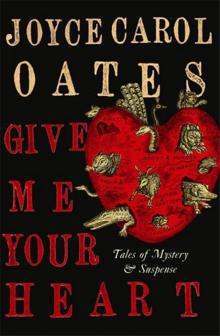 Give Me Your Heart: Tales of Mystery and Suspense
Give Me Your Heart: Tales of Mystery and Suspense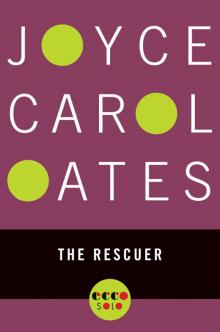 The Rescuer
The Rescuer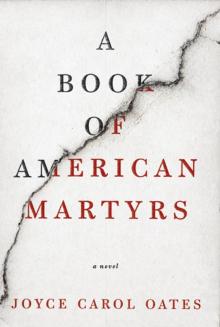 A Book of American Martyrs
A Book of American Martyrs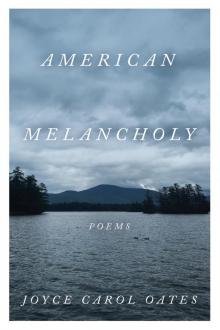 American Melancholy
American Melancholy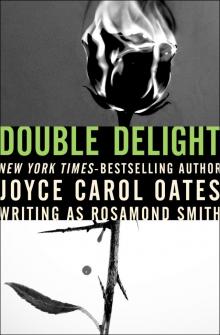 Double Delight
Double Delight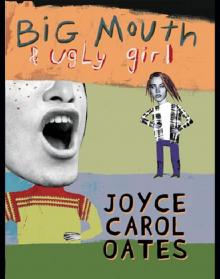 Big Mouth Ugly Girl
Big Mouth Ugly Girl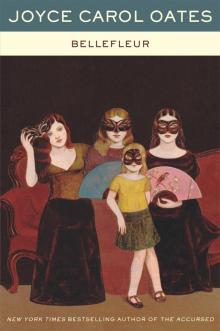 Bellefleur
Bellefleur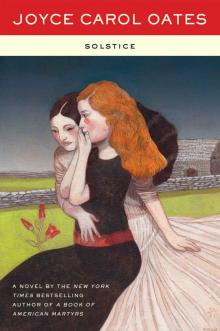 Solstice
Solstice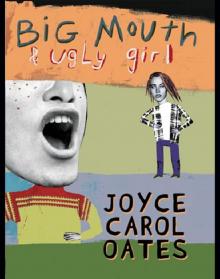 Big Mouth & Ugly Girl
Big Mouth & Ugly Girl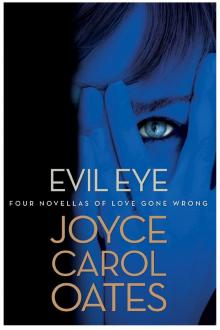 Evil Eye
Evil Eye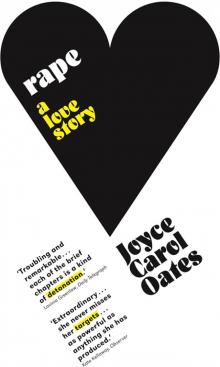 Rape
Rape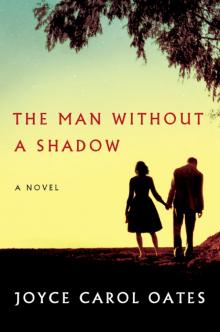 The Man Without a Shadow
The Man Without a Shadow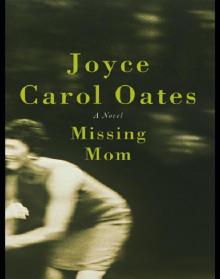 Missing Mom
Missing Mom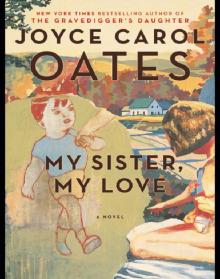 My Sister, My Love
My Sister, My Love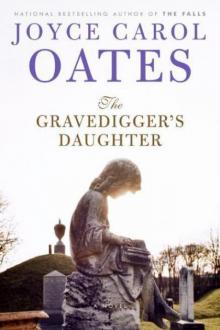 The Gravedigger's Daughter
The Gravedigger's Daughter Beautiful Days
Beautiful Days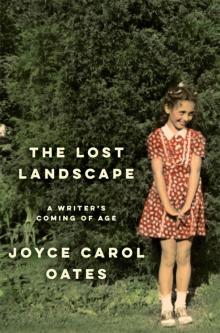 The Lost Landscape
The Lost Landscape Daddy Love
Daddy Love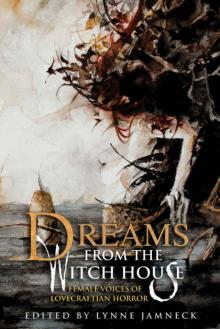 Dreams from the Witch House: Female Voices of Lovecraftian Horror
Dreams from the Witch House: Female Voices of Lovecraftian Horror The Tattooed Girl
The Tattooed Girl Give Me Your Heart
Give Me Your Heart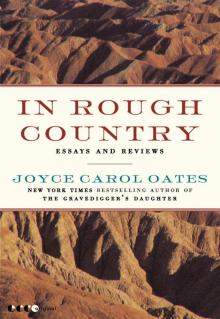 In Rough Country
In Rough Country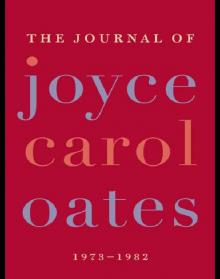 The Journal of Joyce Carol Oates
The Journal of Joyce Carol Oates Black Dahlia & White Rose: Stories
Black Dahlia & White Rose: Stories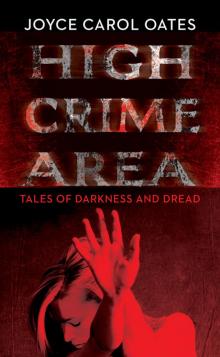 High Crime Area
High Crime Area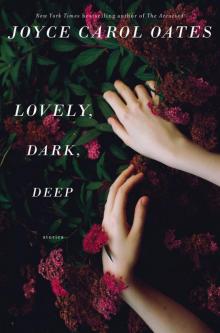 Lovely, Dark, Deep
Lovely, Dark, Deep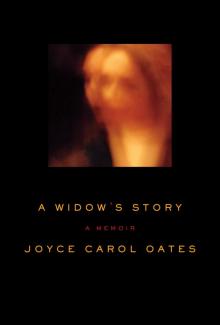 A Widow's Story
A Widow's Story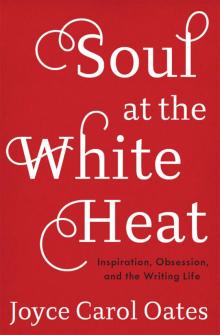 Soul at the White Heat
Soul at the White Heat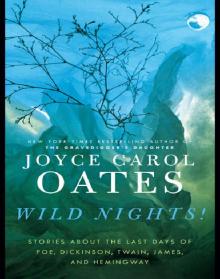 Wild Nights!
Wild Nights!